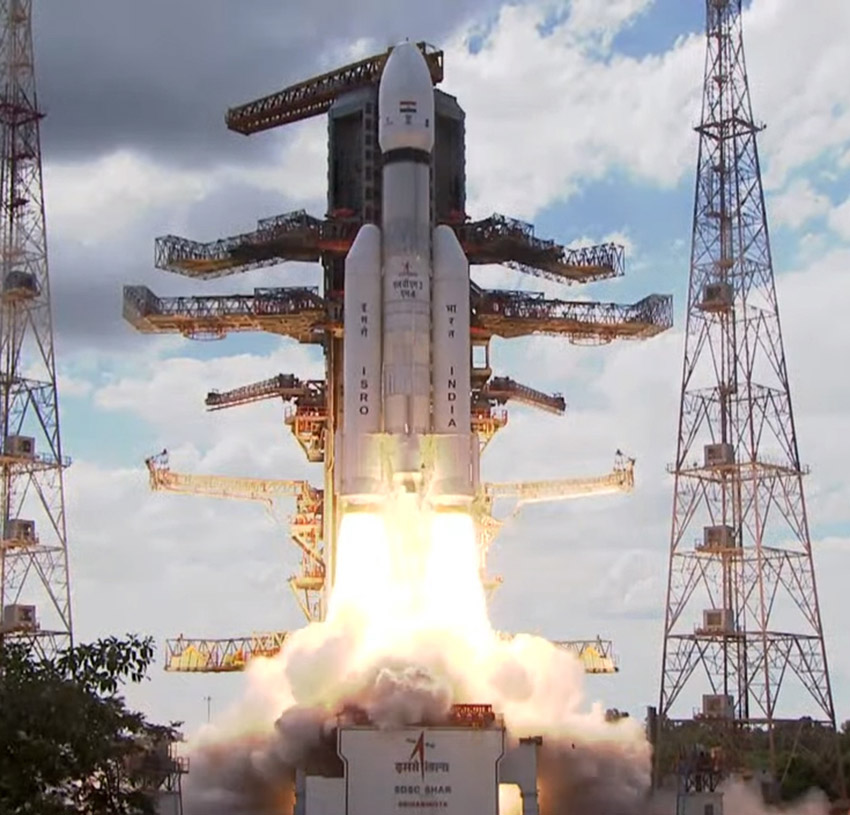ISRO prepares for PSLV Mission with seven satellites after successful Chandrayaan-3 launch
- PSLV-C56, a commercial mission that will have seven satellites as payloads, scheduled to lift off from Sriharikota on July 26
Bangalore, July 17. The Indian Space Research Organisation (ISRO) to launch the PSLV Orbital Experimental Module (POEM) PSLV-C55 mission with Singapore’s TeLEOS-2 as primary satellite and Lumilite-4 as a co-passenger satellite to carry out in-orbit scientific experiments.

After Friday’s spectacular start to the Chandrayaan-3 moon mission, scientists at the Indian Space Research Organisation (ISRO) will be back in Sriharikota for another important launch later this month.
The Polar Satellite Launch Vehicle — C56 (PSLV-C56) mission is expected to lift off from the Satish Dhawan Space Centre towards July-end — July 26 as per the latest updates.
ISRO will be using a ‘core alone’ variant of the PSLV for this mission, S Unnikrishnan Nair, Director of the Vikram Sarabhai Space Centre (VSSC), ISRO’s lead facility for launch vehicles, said .
A commercial mission, the PSLV-C56 will have seven payloads in all including the 351.9 kg earth observation satellite DS-SAR (short for Synthetic Aperture Radar) from Singapore.
The others are Arcade (23.58 kg), Velox-AM (23 kg) and Orb-12 Strider (12.8 kg). The remaining three are nanosatellites weighing less than 10 kg each.
They are the Galassia-2 (3.84 kg), SCOOB-II (4.1 kg) and NuLIon (3.05 kg), according to a list provided by the VSSC. These satellites will be placed in a Low Earth Orbit (LEO).
As the name suggests, the PSLV-Core Alone (PSLV-CA) variant does not use solid rocket strap-on motors in its first stage for added thrust. Other variants use up to six strap-on motors.
“The PSLV variants are used depending on the mission requirements. The PSLV is a flexible launch vehicle which can be rigged with two, four or six strap-ons depending on the need,” Dr. Unnikrishnan Nair said. ISRO has used the CA variant for several missions including the latest, the PSLV-C55 mission, which was launched successfully on April 22, 2023, with the Singapore satellites TeLEOS-2 and Lumelite-4 on board.
July has been a busy month for the Indian space agency. On July 14, Friday, it had successfully launched the Chandrayaan-3, India’s third moon mission, on board the LVM3 launch vehicle. The lander-rover configuration on the spacecraft is expected to be ready for the moon landing around August 23.





